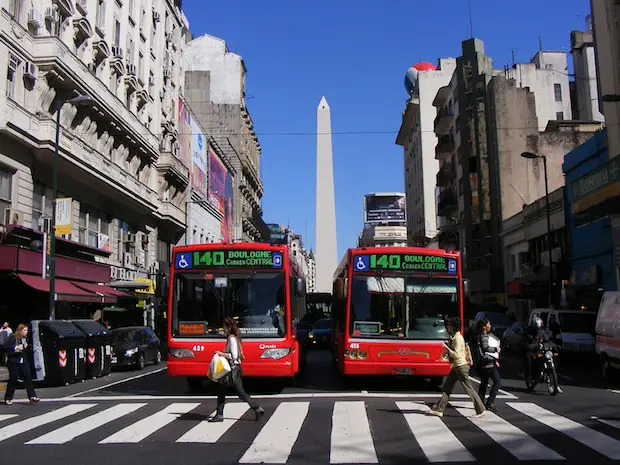Gardening in a city may sound impossible to many. Some may wonder how plants are capable of growing in a concrete jungle. Small living spaces may appear restrictive and incapable of hosting a garden. However, with a pinch of creativity and a dash of green-living enthusiasm, urban gardening is absolutely possible. Here are five tips to get you started growing your garden in the big city.
1) Plant For the Shade
Urban environments often come with more shade then sunlight. Large buildings and tight city blocks restrict sunshine from reaching opportune gardening areas. Choose plants that thrive in little to no sunlight. Your crops will not grow to their full potential, but, you will have crops. If you’d like to grow your own produce, lettuce, spinach and broccoli have high success rates growing in the shade. If you just want something nice to look at, hydrangeas and jasmine are beautiful flowers that also love the shade. If you have plenty of sunlit areas, take advantage of them. Keep in mind that watering your green nursery is always necessary.
2) Grow Vertical
Space is an issue when living in a city. There are several space-saving gardening options when you choose to grow your plants vertically, either indoors or out. Just be aware as to how much sunlight your plants are getting. A traditional vertical garden uses a trellis standing upright on a wall. Take this to the next level by hanging a shoe organizer on your wall instead. Stuff each shoe slot with some soil and a plant. Another creative vertical growing option is to mount mason jars onto your wall. You can grow herbs and spices right in your own home, making cooking easy, leaving your home smelling delicious. Don’t underestimate using hanging planters as well.
3) Get Creative And Innovative
Give your garden a touch of your personality by getting creative with how you plant your greens. Most household items can be turned into artistic, stylish looking plant containers and pots. For example, turn your old baby bathtub into a garden basin. Instead of trashing your peanut butter jars or juice boxes, use them to contain small, individual plants. Your house guests will find your gardening abilities extremely innovative.
4) Know Your Growing Seasons
If you are going to be growing vegetables in your urban home, you need to be aware of what veggies to grow and when. Your urban garden will have a higher success rate if you follow this simple rule of thumb; cool in the early and warm in the later. Cool season vegetables are planted very early in the year. These classified plants are known for their leafy goodness, such as cabbage and lettuce. Warm season veggies, known for needing more water because of their deep roots, are to be planted in mid to late spring. Peppers and tomatoes are examples of warm season plants. Planting too early or too late will cause your garden to fail.
5) Composting Helps
Having your own composting system is a great way to eliminate waste, but to create a richer soil for your urban garden. Find a container to hold your compost such as an old kitty litter box or a new, stylish compost bin. Place the bin near a well-ventilated area, adding food scraps, dead leaves and other organic materials. Worms and bugs help breakdown the waste, leaving behind a wonderful, nutrient-rich substance that plants thrive from. Use your compost to support growing your garden. By delivering some valuable nutrients to your plants, compost can be a serious boost to your gardening efforts inside the city limits.
Mike Cushing is a freelance writer for GelTech Solutions, maker of Soil2O soil amendments which promote greater plant growth with less irrigation.



